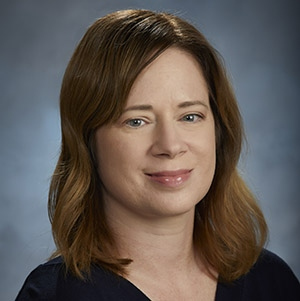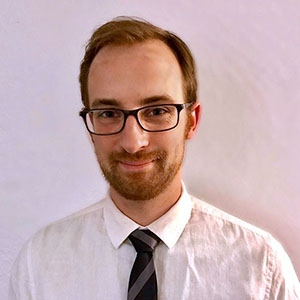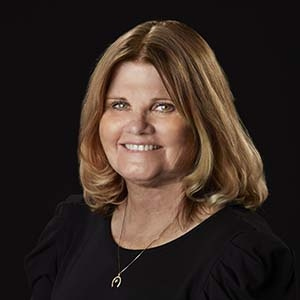Nuclear & Chemical
Sciences
On the frontier of nuclear physics, particle physics, and chemistry


Nuclear Detection Technology—We are deeply involved in developing new detection systems to reduce nuclear threats. Our scientists also study the Solar System, neutrinos, and newly discovered particles while searching for the missing matter in the universe.


Physics at the Frontiers—To further our understanding of the most fundamental constituents of nature and their interactions, our researchers pursue compelling scientific problems through collaborations on key NNSA and Office of Science projects.


Structure and Reactions of Nuclei—Our vision for research in low-energy nuclear physics will push the frontiers of understanding by weaving together our capabilities in theory and experiment to fully capitalize on our nation’s investments in FRIB and high-performance computing.


Analytical and Forensic Science—Our scientists advance forensic science related to chemical, biological, radiological, nuclear, and explosive threats by developing innovative extraction materials, analytical techniques, and assay methodologies.


Radiochemistry—Our research in radiochemistry explores nuclear reactions, the limits of nuclear stability, and the properties of the heaviest elements.
LLNL’s Nuclear and Chemical Sciences Division (NACS) offers deep expertise in physics and chemistry, allowing the advancement of scientific understanding, capabilities, and technologies in nuclear and particle physics, radiochemistry, forensic science, and isotopic signatures.
Every day, we focus on fundamental science, such as developing cutting-edge tools to uncover new chemical signatures or studying plasma effects on nuclear reactions. Combined with our experience conducting programmatic work in nuclear and chemical science, we provide innovative solutions for a range of national security problems.
Our world-class capabilities in radiation detection, chemical and nuclear forensic science, isotope geochemistry, and environmental radiochemistry also contribute to scientific advancements that help make the world safer.
We explore the chemistry of heavy elements (and discover new ones), chase elusive new particles, and answer important scientific questions about dark matter, neutrino physics, nuclear structure, nucleosynthesis, and the origins of the universe.
In addition to our technical mission, we actively build our expertise by collaborating with the scientific community, organizing summer schools, working closely with the Glenn T. Seaborg Institute, and hiring postdocs.
Explore this page to learn more about the people, research, and resources that support our mission.
Learn more about nuclear and chemical sciences research at LLNL
People
Research Areas
- Chemical & Isotopic Signatures
- Environmental Isotope Systems
- Forensic Sciences & Assessments
- Nuclear & Particle Physics
- Nuclear & Radiochemistry
- Nuclear Data & Theory
- Nuclear Security Physics
- Rare Event Detection
- Safeguards, Nonproliferation, & Response
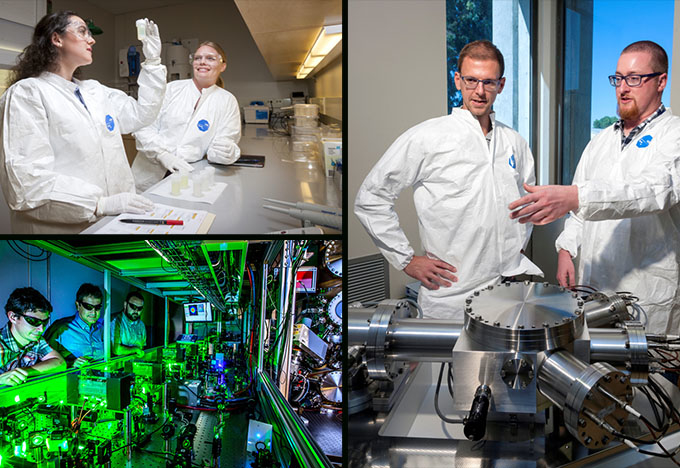
Chemical & Isotopic Signatures
Group Leader: Mike Kristo
Our researchers analyze nuclear, geological, and extraterrestrial materials, with the aim of understanding their provenance and the processes involved in their formation.
Nuclear forensics is a key focus area for our group, providing decision makers and law enforcement with technical information for nuclear security purposes. This information includes reliable, high-quality analytical data that is legally defensible in a court of law, while advancing the state-of-the-art in nuclear forensics analysis. Our nuclear forensics toolbox includes a wide range of techniques to determine the isotopic, elemental, molecular, and physical characteristics of a nuclear forensics sample.
Our dynamic research program also focuses on cosmochemical investigations of early solar system processes. Additional research areas include nuclear non-proliferation, environmental geochemistry, nuclear fallout formation, and material science.
The broad range of bulk and in situ analytical techniques we use, and our interpretation of the results, have resulted in numerous high-impact publications. Our group provides cutting-edge scientific contributions to the international community as one of the premier nuclear forensics laboratories in the world.
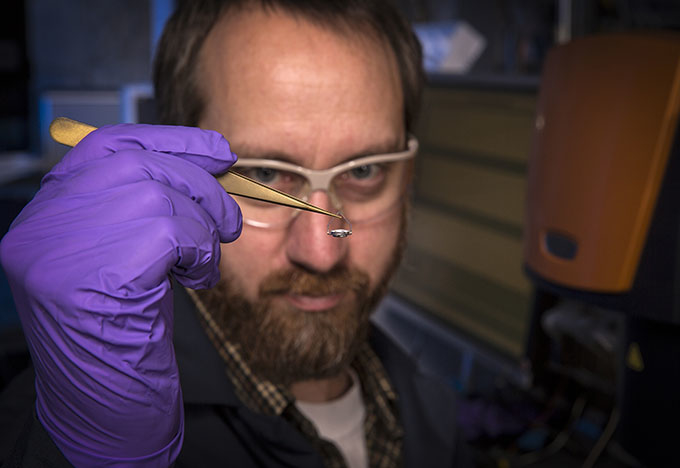
Environmental Isotope Systems
Group Leader: Jennifer Pett-Ridge
We are a diverse group of systems biologists, geochemists, and radiochemists who focus on multidisciplinary approaches to understanding natural and human-impacted environments.
Areas of research include:
- How subsurface biogeochemistry controls transport of actinides in the environment
- The role of microbial and viral communities in the terrestrial carbon cycle and negative carbon dioxide emissions
- Tracing groundwater and contaminants to predict climate change impacts on water resources
- Identifying how microbiomes shape productivity of bioenergy-relevant plant and algal crops
We also work on environmental proliferation detection and monitor radionuclides in air, water, and soil on LLNL campuses.
Our research involves a wide variety of radio- and stable-isotope enabled methods and inorganic mass spectrometric techniques, including NanoSIMS isotopic imaging, noble gas mass spectrometry, and stable isotope mass spectrometry. Many projects emphasize use of novel techniques and new methods, including new isotope-enabled tracing methods for microbial, soil, and groundwater systems and the development of new mass spectrometry-based techniques for nuclear forensics applications.
Our research is primarily funded by the Department of Energy Office of Biological and Environmental Research and the National Nuclear Security Administration.
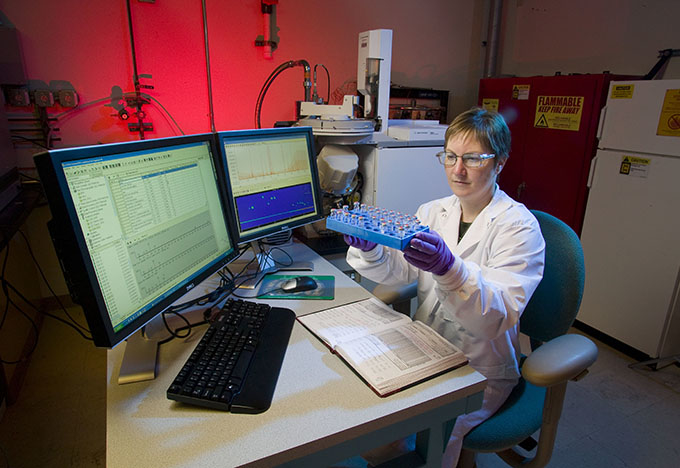
Forensic Sciences & Assessments
Group Leader: Katelyn Mason
We provide key scientific and technological subject matter expertise to the Laboratory’s Forensic Science Center (FSC) and Intelligence Program. In the FSC, we:
- Research the physicochemical and physiological effects of chemical threat agents
- Evaluate novel chemical synthesis methods and specific chemical signatures associated with these methods
- Develop analytical methods to determine and support source forensics studies
- Investigate biomedical exposure signatures
- Manage consequences and related activities
- Create new approaches to traditional forensic methods
- Develop environmental and medical countermeasures
Through our participation in the Laboratory’s Intelligence Program, we provide comprehensive technical assessments and operational support to U.S. weapons of mass destruction counterproliferation and counterterrorism missions.
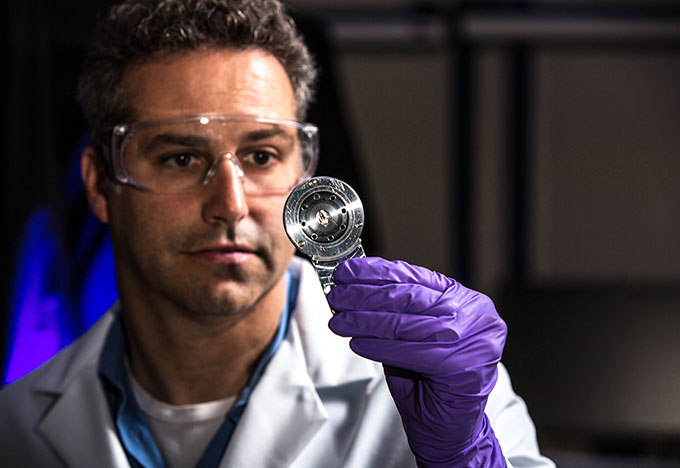
Nuclear & Particle Physics
Group Leader: Nick Scielzo
Our group is dedicated to probing fundamental interactions of elementary particles and nuclei while also using our skills to address emerging national and global security challenges within the evolving landscape for nuclear security. We employ and recruit scientists with expertise in accelerator physics, detector design and construction, and complex data analysis, and who draw on state-of-the-art engineering and high-performance computing facilities.
To learn more about our group, visit the Nuclear and Particle Physics Group website.
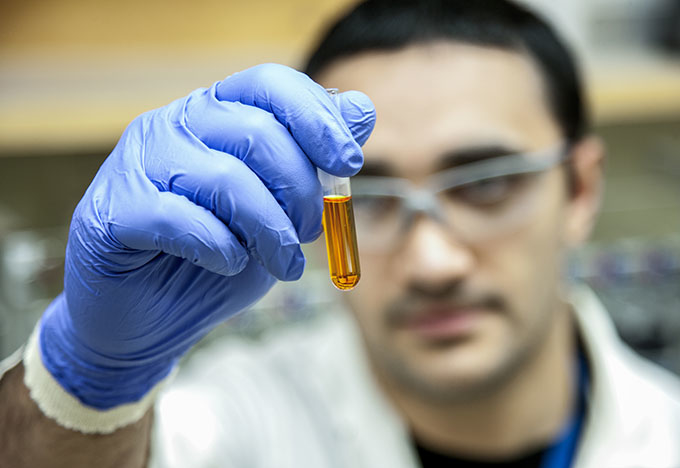
Nuclear & Radiochemistry
Group Leader: Tim Rose
We perform fundamental and applied research and development in nuclear science, including developing and implementing advanced experimental methods, radiochemical separations techniques, and data evaluation and interpretation capabilities.
We support the National Ignition Facility (NIF), stockpile stewardship, nuclear forensics, nuclear energy, and intelligence programs at LLNL. We also collaborate with national and internal groups in areas such as the chemistry and physics of the heaviest elements, automated radiochemistry, NIF radiochemical measurements, post-detonation debris diagnostics, and fireball condensation chemistry.
We specialize in radiochemical separations to isolate subtle nuclear signatures from a wide variety of matrices, as well as in the preparation and exploitation of unique target materials for nuclear data measurements.
Our responsibilities include:
- Radiochemical diagnostics at NIF, including operational analytic measurements and the conduct of dedicated laser shots to assess specific isotope properties within extraordinary plasma environments.
- Radiochemical evaluations of nuclear device performance in support of the stockpile stewardship and post-detonation nuclear forensics missions, providing essential data to constrain the design physics models developed by LLNL’s Strategic Deterrence and Global Security directorates.
- Leading the detailed forensic analyses of real-world nuclear smuggling samples interdicted (or otherwise obtained) by law-enforcement and intelligence-community agencies.
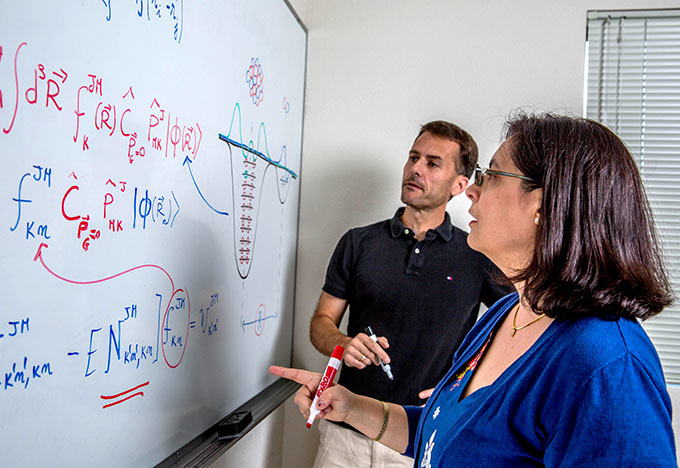
Nuclear Data & Theory
Group Leader: Sofia Quaglioni
We research nuclear theory to provide a fundamental understanding of atomic nuclei, their role in the universe, and how they impact LLNL’s national security missions.
Utilizing LLNL’s high-performance computing resources and building on innovations in machine-learning and quantum computing, we explore the nuclear many-body problem, beginning with the glue that binds quarks into protons and neutrons and how these protons and neutrons bind into the nuclei that make up most of the visible matter in the universe.
We develop new theories and computational tools to describe nuclear reactions ranging from fusion to fission, which are responsible for powering the stars, forging the elements in the cosmos, and are the source of energy in nuclear weapons. We not only characterize these reactions with fundamental theories, but we also tabulate them in extensive numerical libraries using ground-breaking formats for use in transport codes and provide enhanced support for high-fidelity uncertainty quantification studies.
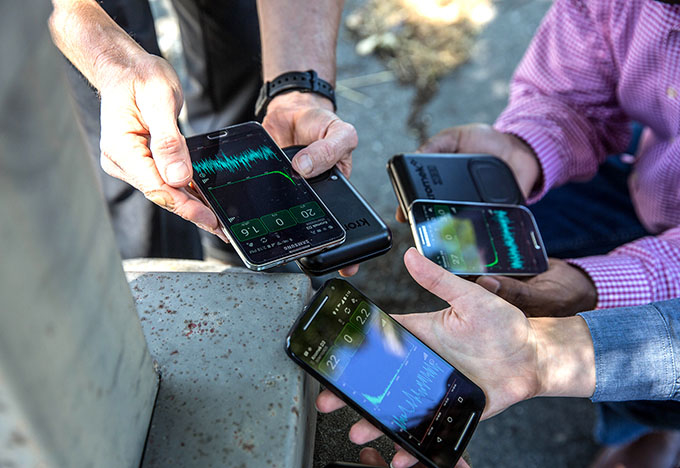
Nuclear Security Physics
Group Leader: Jonathan Dreyer
The security of nuclear and radiological weapons and materials is a major concern for LLNL. Improved capabilities are needed to address nuclear proliferation detection, arms control verification, nuclear safeguards, nuclear terrorism prevention, and consequence management.
Our mission is to apply nuclear physics, high energy physics, and astrophysics science, technology, and expertise to address the illicit production or diversion of special nuclear material and related threats. Our domain expertise, as well as knowledge we’ve obtained from participating with and training first responders, allows us to develop better instrumentation, improved signatures, and new analysis techniques for the detection, classification, identification, localization, tracking, and defeat of the unauthorized use of nuclear materials.
We are a conduit between the nuclear and high energy physics communities and LLNL’s Global Security Directorate research needs. Within LLNL, we communicate program needs to NACS science and technology staff while helping to make NACS capabilities accessible to the programs. Outside of LLNL, we recruit expertise from and foster collaborations with the nuclear science and engineering communities, publish results in peer-reviewed scientific journals, and track placement opportunities in universities, national laboratories, and industry.
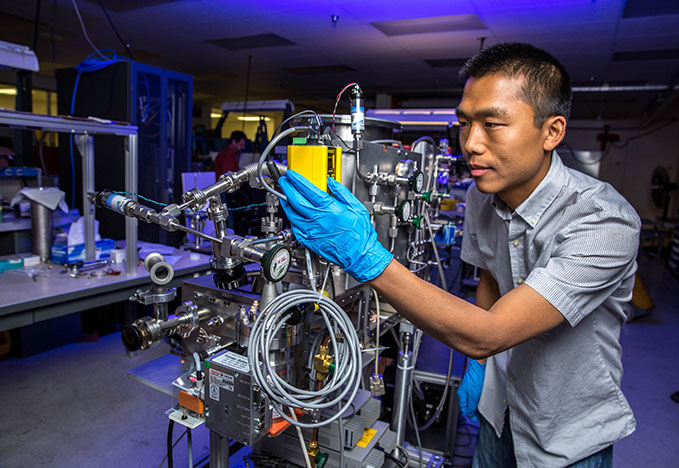
Rare Event Detection
Group Leader: Nathaniel Bowden
In both fundamental and applied nuclear physics, researchers and users of radiation detection equipment are often confronted with the problem of extracting a weak signal from a copious background. Broadly, this area of research is sometimes referred to as rare event detection.
Our group develops advanced methods for measuring a relatively narrow class of rare events: keV-MeV scale energy depositions arising from neutral particles, including gamma-rays, neutrons, neutrinos, and the vanishingly rare—and still hypothetical—dark matter particle. Neutral particle detectors in this energy range are crucial for fundamental science, especially particle astrophysics, but also for applied nuclear science, including nuclear nonproliferation, arms control, and nuclear materials monitoring.
Nuclear security applications and fundamental nuclear science may appear disparate but are in reality closely connected. Our training in both areas allows us and the Laboratory to effectively exploit the strong technological synergies that exist between them.
We lead or participate in ongoing international fundamental science collaborations, including:
- The LUX/LZ Dark Matter experiment
- The ADMX axion dark matter search experiment
- The development of large water Cherenkov detectors for fundamental science and remote reactor monitoring, including the WATCHMAN and WATCHBOY detectors and the Advanced Instrumentation Testbed for neutrino detection concepts
- The PROSPECT sterile neutrino search experiment
- The Project 8 neutrino mass measurement experiment
- The BeEST sterile neutrino search experiment
With different optimizations, the same concepts allow us to develop innovative gamma-ray, neutron, and antineutrino detectors to improve International Atomic Energy Agency safeguards, to verify nuclear arms control agreements, and to screen and characterize nuclear material in a wide range of monitoring contexts. Examples include passive and active gamma-ray tomographic systems for spent fuel, segmented scintillator arrays for precise characterization of fissile content in shielded materials, remote monitoring and exclusion of nuclear reactors using antineutrino detectors, and novel detectors for characterizing the fissile content of spent fuel using information derived from antineutrino spectra.
More information about our research is available on the Neutrino Physics at LLNL website.
Our work was featured in a Science Friday spotlight titled “Looking at Light for Signs of Dark Matter.”
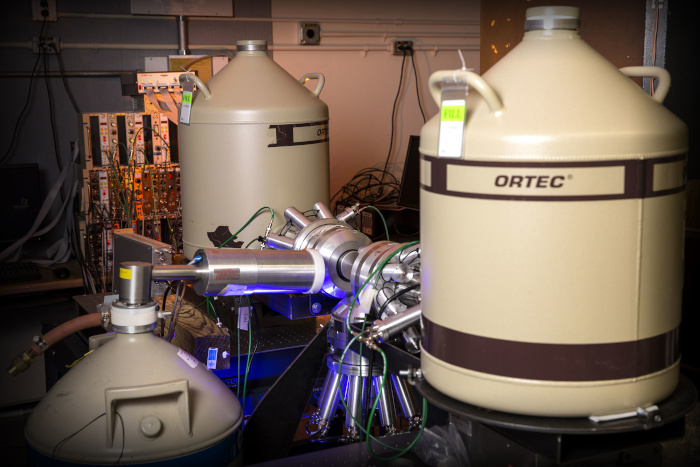
Safeguards, Nonproliferation, & Response
Group Leader: Bryan Bandong
With a staff of nuclear scientists, engineers, radiochemists, health physicists, and radiation safety and protection subject matter experts, our group is uniquely positioned to support mission-critical programs in nuclear counterterrorism, nuclear security and nonproliferation, and emergency response and consequence management.
Our research and development activities focus on advanced radiation detection and nuclear measurements for applications in:
- Technical nuclear forensics and countermeasures
- Next generation technical safeguards and global threat reduction initiatives
- Arms control and nuclear compliance verification, including assisting the U.S. government in interagency and international treaty negotiations
We are engaged in the development of concepts of operations (CONOPS) and in researching, testing, and evaluating field systems in support of various international and regional organizations (such as the International Atomic Energy Agency, EURATOM) and national agencies (Department of Energy, Department of Defense, Department of Homeland Security) programs in nuclear safeguards infrastructure and technology, nuclear and radiological emergency response, consequence management, preventive radiological and nuclear detection architectures and system engineering, and the interdiction of illicit transport of nuclear and radiological materials.
Our activities include:
- Development, setup, testing, and evaluation of land-based or aerial/marine-borne detection systems customized to the needs and applications of federal, state, and local law-enforcement agencies
- Outreach, training, and field exercises for first responders on the use of portable or fieldable detection systems with national and international partners
- Technical reach back
- Modeling and simulation of radiation detector response
- Measurements and improvements in nuclear decay data and reaction cross sections
- Fabrication of high-fidelity realistic surrogate tests and exercises for radiological/nuclear materials for use with analytical method development and validation as well as laboratory proficiency testing
Career Opportunities
Our exciting work would not be possible without dedicated staff. We’re always looking for talented scientists to join our multidisciplinary teams.
Browse our open positions or read about our internship programs.
Capabilities & Facilities
Our researchers utilize world-class scientific capabilities and modern high-performance computing facilities to support Laboratory programs. Listed below are some of LLNL’s state-of-the-art capabilities commonly used by our scientists.
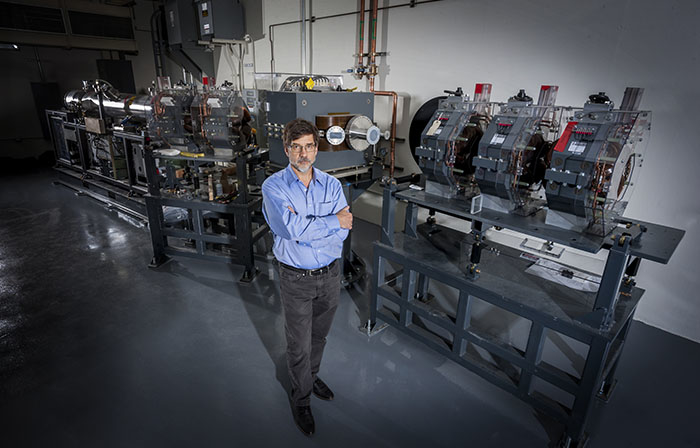
Accelerator Complex
Contact: Scott Anderson
LLNL’s accelerator complex houses sophisticated tools to accelerate charged particles to incredibly high speeds. Located three stories underground, these instruments allow our nuclear physicists to detect isotopes, create fast neutrons, peer inside heavily shielded objects, and characterize unknown material.
Additional information is available on the Accelerator Complex webpage.
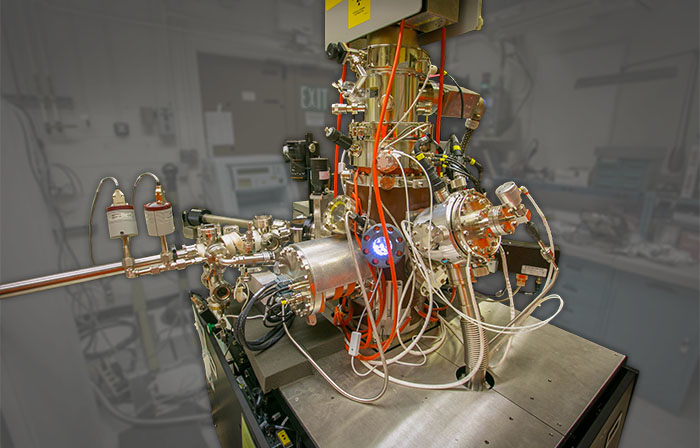
Actinide Materials
Contact: Scott McCall
We support global and national security missions by maintaining capabilities to synthesize, characterize, and test materials containing actinides.

Animal Care Facility (ACF)
Contact: acf [at] lists.llnl.gov (ACF support)
The Association for Assessment and Accreditation of Laboratory Animals, International (AAALAC)-accredited and Public Health Service (PHS) Assured animal facility houses several thousand small animals, which are cared for by full-time Laboratory animal technologists. Animal models are used in comparative genomics studies that focus on understanding gene regulation and for vaccine and countermeasure development.
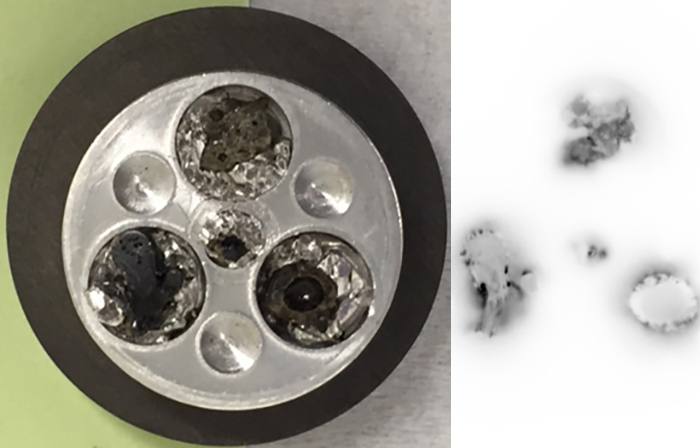
Autoradiography Imaging
Contact: Kim Knight
Sub-millimeter resolution alpha and beta radioactivity imaging
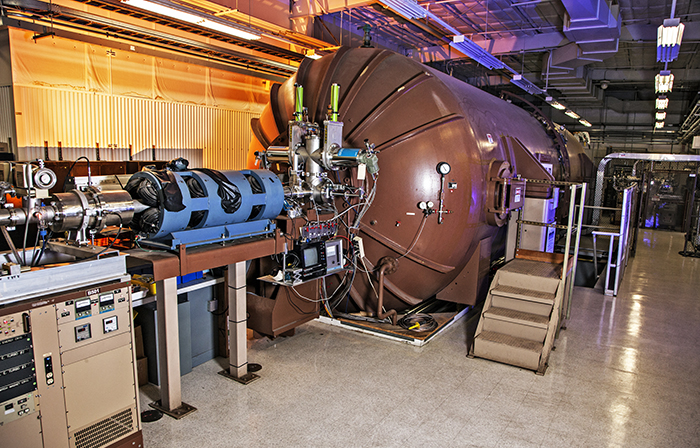
Center for Accelerator Mass Spectrometry (CAMS)
Contact: Nanette Sorensen or Scott Tumey
Researchers at CAMS use diverse analytical techniques and state-of-the-art instrumentation to develop and apply unique, ultra-sensitive isotope ratio measurement and ion beam analytical techniques.
Additional information is available on the CAMS website.
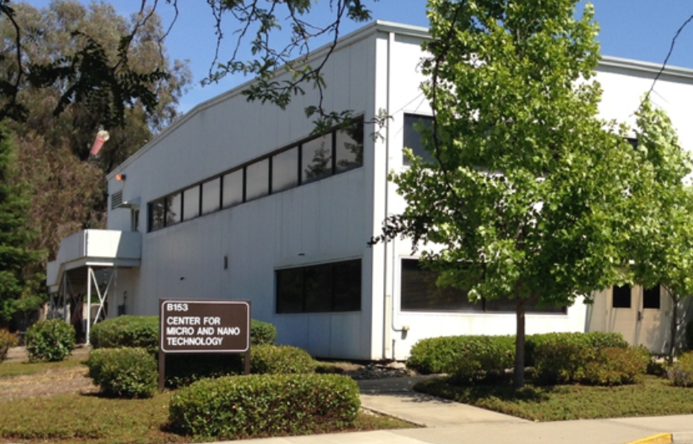
Center for Micro- and Nanotechnology (CMNT)
Contact: Engineering Directorate
Researchers at the CMNT invent, develop, and apply microscale and nanoscale technologies to support LLNL missions. The research and capabilities of the Center cover materials, devices, instruments, and systems that require microfabricated components, including microelectromechanical systems (MEMS), electronics, photonics, micro- and nanostructures, and micro- and nanoactuators.
Additional information is available on the Engineering website.
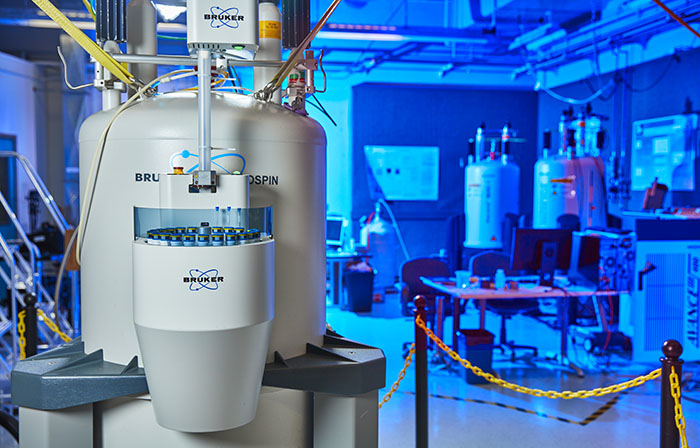
Center for National Security Applications of Nuclear Magnetic Resonance (NMR)
Contact: TBD
The NMR facility provides advanced characterization of chemical processes and materials using magnetically passed spectroscopic capabilities. The center houses multiple spectrometers used to analyze solids, liquids, and gases, including explosives, highly toxic industrial chemicals, and chemical and biological threat agents.
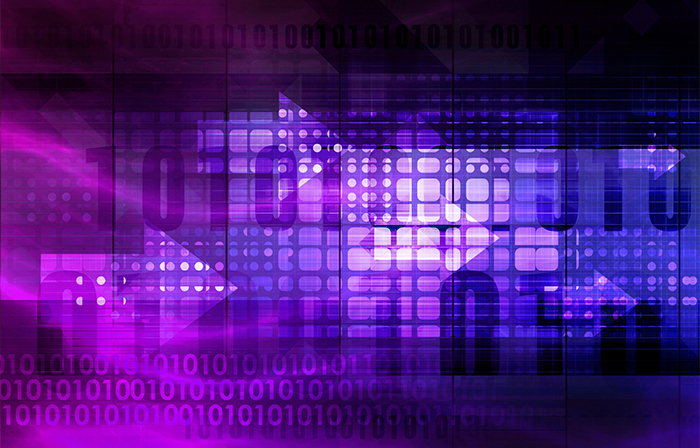
Computational Nuclear Physics
Contact: Bret Beck
We measure, collect, and evaluate nuclear data and incorporate these data into libraries to be used in simulations. We provide nuclear data, physics simulation, and data processing tools for experimental and theoretical nuclear data.
Additional information is available on the Computational Nuclear Physics website.
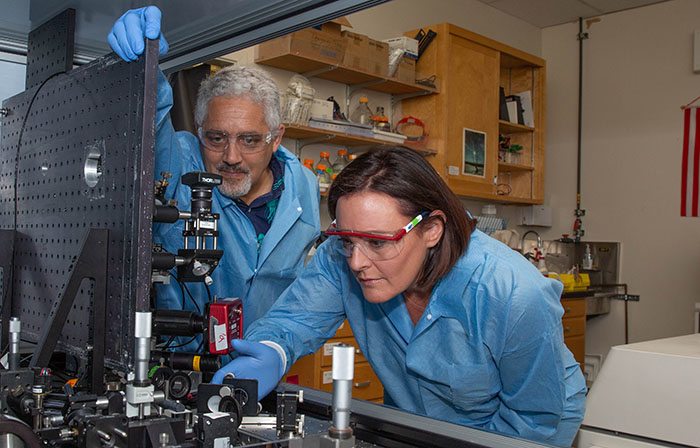
Cooperative Research Center for NanoScaffold-based Chlamydia trachomatis Vaccines
Contact: Matthew Coleman
Leading experts in immunology and nanotechnology are developing and testing a new type of vaccine to prevent sexually transmitted infections caused by the Chlamydia trachomatis (Ct) pathogen.
Additional information is available on the Cooperative Research Center for NanoScaffold-based Chlamydia trachomatis Vaccines webpage.
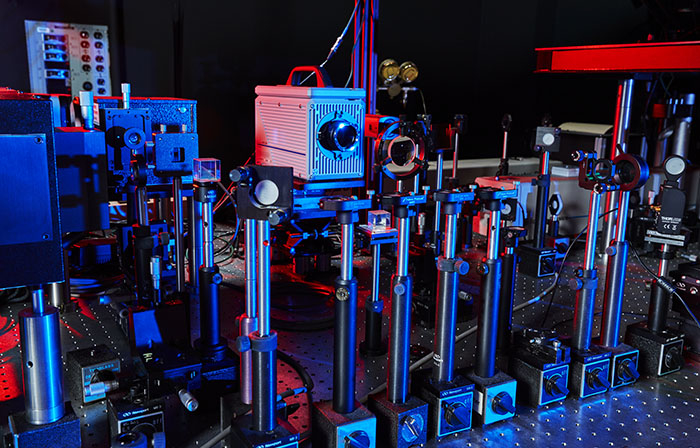
Diamond Anvil Cell (DAC) and Ultrafast Science
Contact: Geoffrey Campbell
Our diamond anvil-based laboratories can measure materials properties at static pressures above 1 Mbar, providing essential equation-of-state information for weapons, experiment design, and further study of the chemistries that control unique material formation. Additional experiments to study shock compression with 10 picosecond time resolution are pushing the limits of current theories of the metal strength, phase transitions, and chemical kinetics.
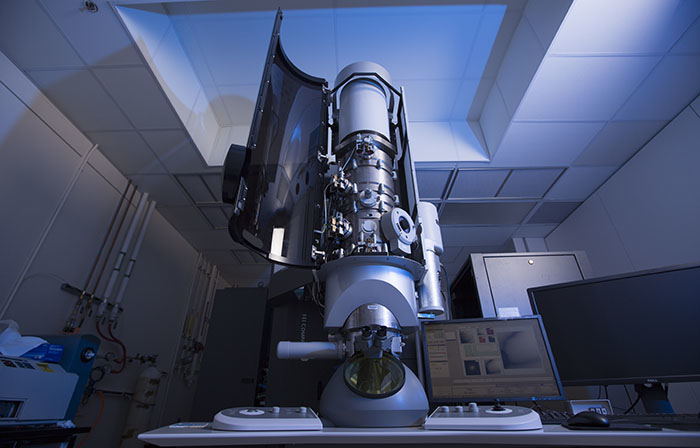
Dynamic Transmission Electron Microscope (DTEM)
Contact: Geoffrey Campbell
The LLNL-developed DTEM enables direct observation of unique mechanical properties controlled by features at the nanoscale.
Additional information is available on the DTEM webpage.
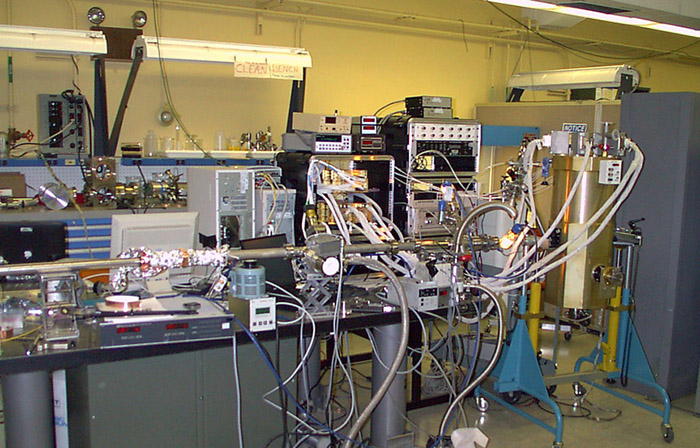
Electron Beam Ion Trap (EBIT)
Contact: Greg Brown
An EBIT makes and traps very highly charged ions by means of a high-current density electron beam. The ions can be observed in the trap itself or extracted from the trap for external experiments. Our EBIT is the only ion source in the world that can create highly charged ions that are practically at rest, allowing us to study an otherwise inaccessible domain.
Additional information is available on the EBIT website.
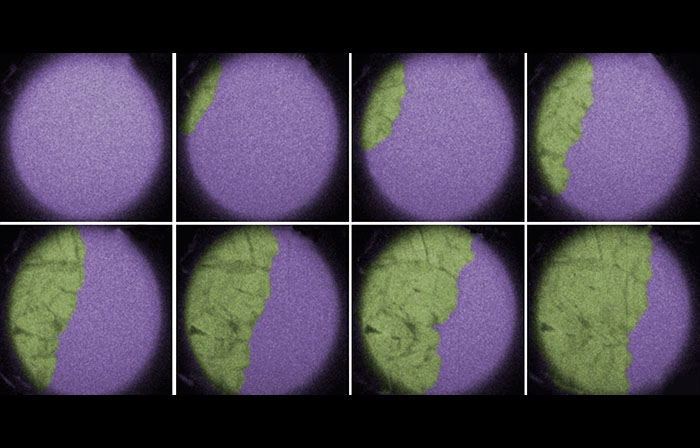
Electron Microscopy
Contact: Kerri Blobaum
LLNL maintains state-of-the-art capabilities in scanning electron microscopy (SEM) and transmission electron microscopy (TEM) to characterize materials.
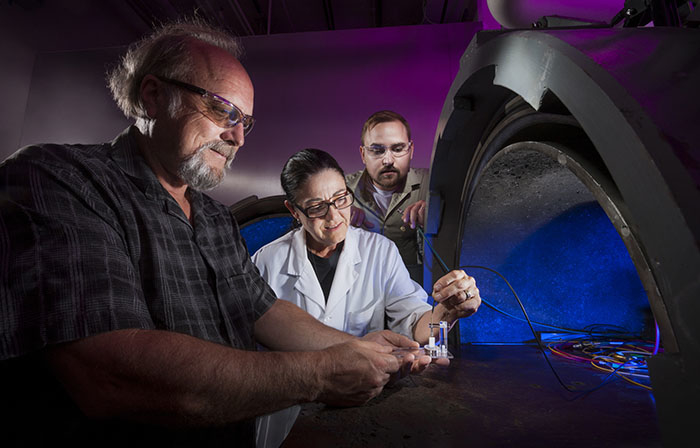
Energetic Materials Center (EMC)
Contact: Lara Leininger
The EMC supports research and development for advanced conventional weapons, rocket and gun propellants, homeland security, demilitarization, and industrial applications of energetic materials. Our researchers, as part of the EMC, specialize in the modeling and experimentation surrounding the development, characterization, and effectiveness of high explosives.
Additional information is available on the EMC website.
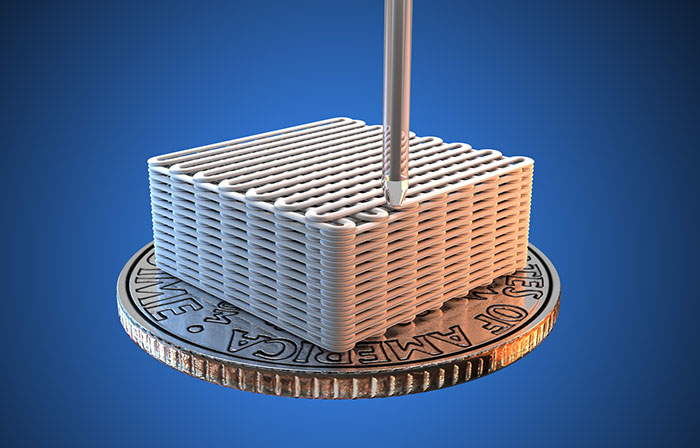
Feedstocks for Additive Manufacturing
Contact: Yong Han
Our scientists and engineers optimize additive manufacturing (3D printing) techniques, such as direct-ink writing, through focused investments in feedstock development. Using computer programs to simulate particle size and scale, we develop new feedstock materials from combinations of polymers, composites, and ceramics, with applications ranging from weapon components to energy innovations.
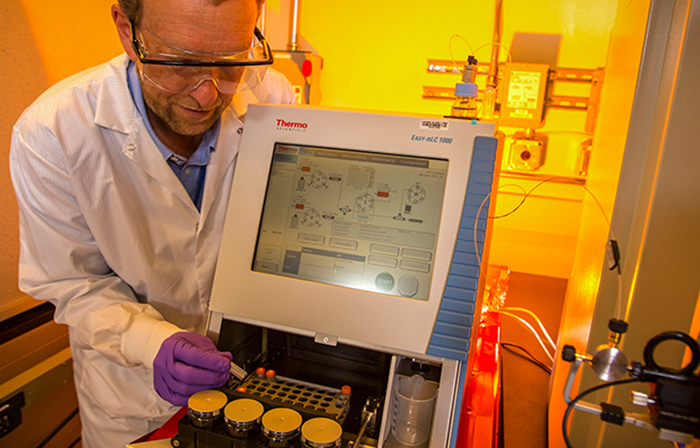
Forensic Science Center (FSC)
Contact: Audrey Williams
FSC researchers analyze interdicted samples, provide radiological assistance 24/7, and engage in the critical research and development needs of the intelligence community. FSC expertise includes analytical chemistry, organic chemistry, inorganic chemistry, nuclear chemistry, and forensic instrument design and fabrication.
Additional information is available in the FSC Fact Sheet and on the FSC website.
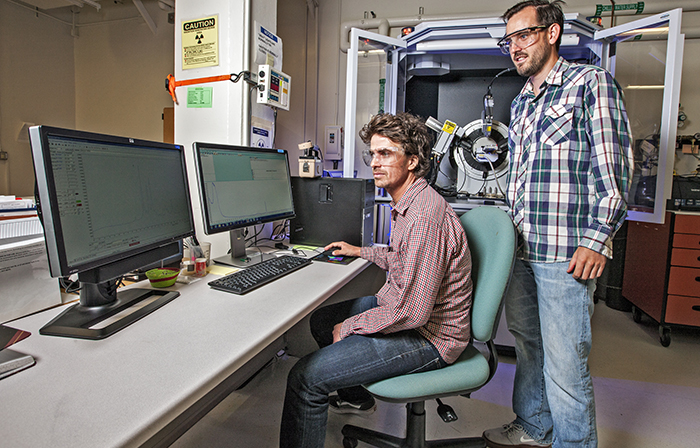
Glenn T. Seaborg Institute
Contact: Mavrik Zavarin
The LLNL branch of the Glenn T. Seaborg Institute conducts collaborative research between LLNL and the academic community in radiochemistry and nuclear forensics, contributing to the education and training of undergraduate and graduate students, postdocs, and faculty in transactinium science.
Additional information is available on the Seaborg Institute website.
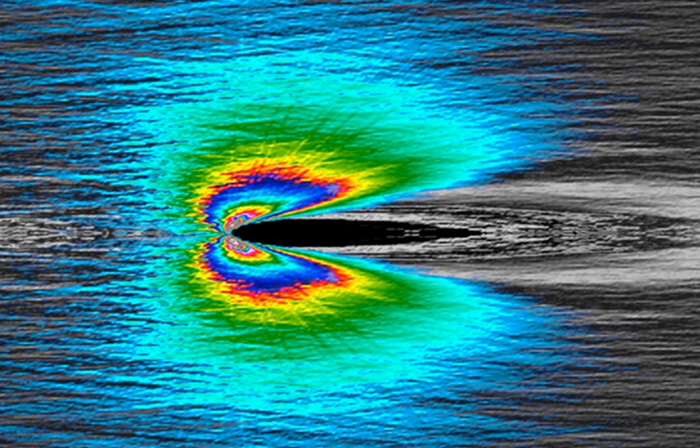
High Energy Density Science (HEDS) Center
Contact: Frank Graziani
The HEDS Center fosters collaborations with university faculty and students that have the potential to enhance high-energy-density science research. The HEDS Center facilitates access to LLNL’s HEDS experimental facilities and high-performance computing resources in order to support research important to the Department of Energy.
Additional information is available on the HEDS Center website.
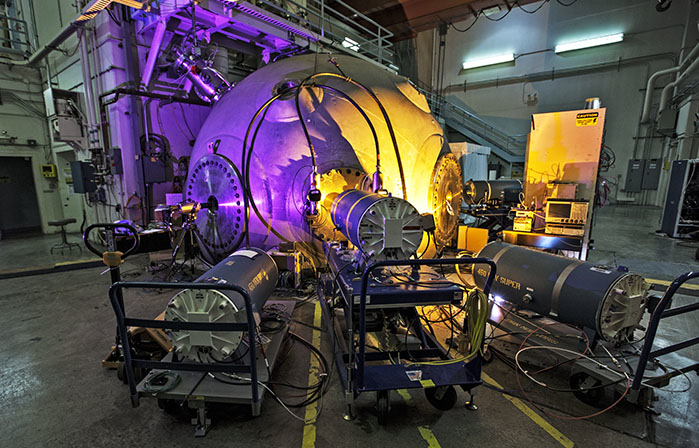
High Explosives Applications Facility (HEAF)
Contact: Lara Leininger
HEAF houses unique facilities for the synthesis, characterization, and testing of high explosives and other energetic materials. HEAF is also equipped with extensive, high-fidelity, high-speed diagnostic capabilities, including x-ray radiography, high-speed photography, laser velocimetry, and embedded particle velocity/pressure measurements.
Additional information is available on the HEAF webpage.
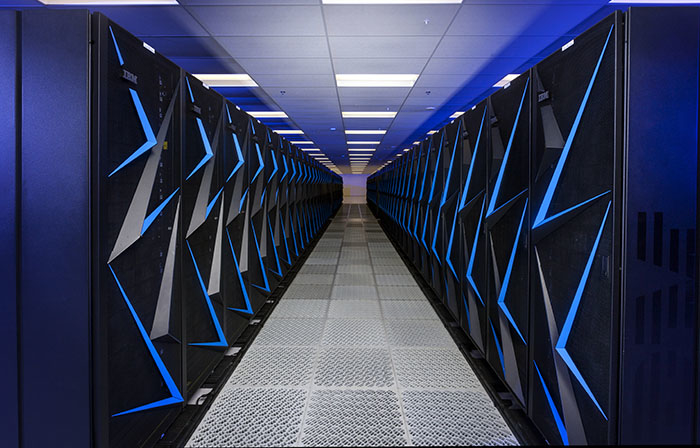
High-Performance Computing
Contact: lc-support [at] llnl.gov (LC support)
LLNL is home to a first-class computational infrastructure that supports the high-performance computing requirements of the Laboratory’s mission and research scientists. Livermore Computing provides the systems, tools, and expertise needed to enable discovery and innovation through simulations.
Additional information is available on the Livermore Computing Center website.
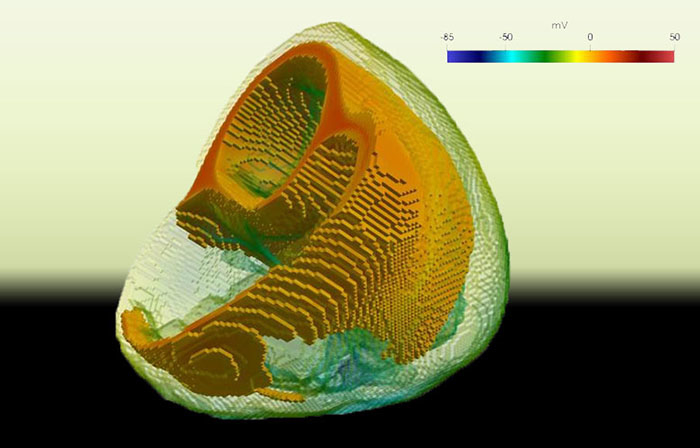
High-Performance Computing (HPC) Innovation Center
Contact: HPC Innovation Center
LLNL’s HPC Innovation Center connects companies with computational science and computer science experts, on demand, to help them solve their toughest challenges. It also provides cost-effective access to some of the world’s largest HPC systems and rapidly assembles expert teams to develop, prove, and deploy high-impact solutions across a broad range of industries and applications.
Additional information is available on the HPC Innovation Center website.

Joint Genome Institute (JGI)
Contact: Crystal Jaing
The JGI is a high-throughput genome sequencing and analysis facility dedicated to the genomics of nonmedical microbes, microbial communities, plants, fungi, and other targets relevant to DOE mission areas in clean energy generation, climate change, and environmental sciences. Scientists from the Genomics group support key missions of JGI by performing DNA sequencing experiments and sequencing data analysis utilizing unique molecular biology skills and state-of-the-art instrumentation.
Additional information is available on the JGI website.
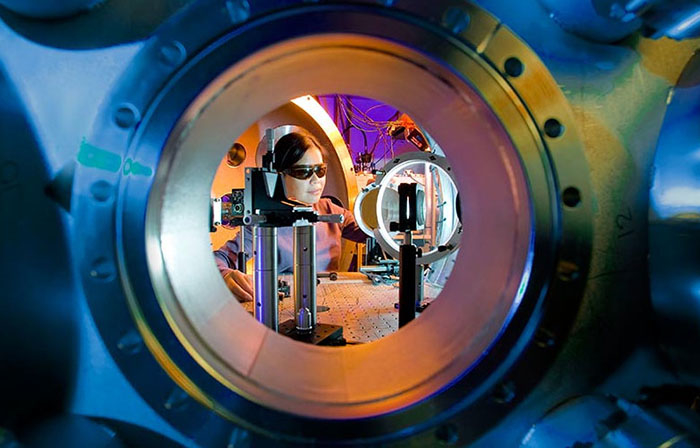
Jupiter Laser Facility (JLF)
Contact: Elaine Johnson
JLF is a unique laser user facility for research in high-energy-density science. Its diverse laser platforms offer researchers a wide range of capabilities to produce and explore states of matter under extreme conditions of high density, pressure, and temperature.
Additional information is available on the JLF website.
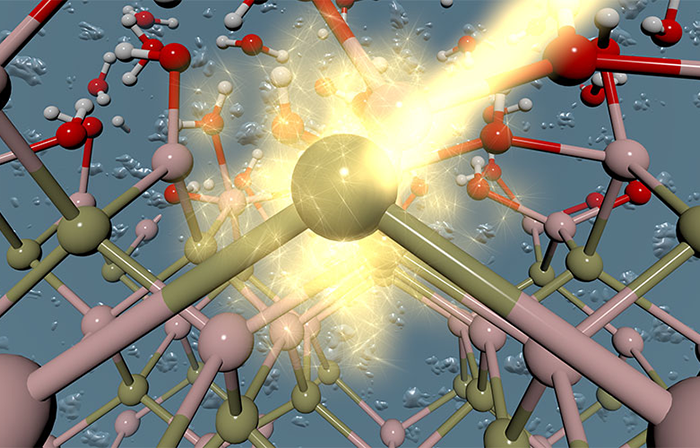
Laboratory for Energy Applications for the Future (LEAF)
Contact: Brandon Wood
LEAF is a multidisciplinary center that develops disruptive technologies for the grid, transportation, and the environment from inception to demonstration.
Additional information is available on the LEAF website.

Mass Spectrometry
Contact: Rachel Lindvall
LLNL’s mass spectrometry instruments offer experimental and diagnostic techniques that make it possible to count atoms, study lunar rocks, isolate isotopes, and characterize unknown material. These sophisticated tools enable our nuclear chemists, cosmochemists, and radiochemists to tackle complex science challenges.
Additional information is available on the Mass Spectrometry webpage.
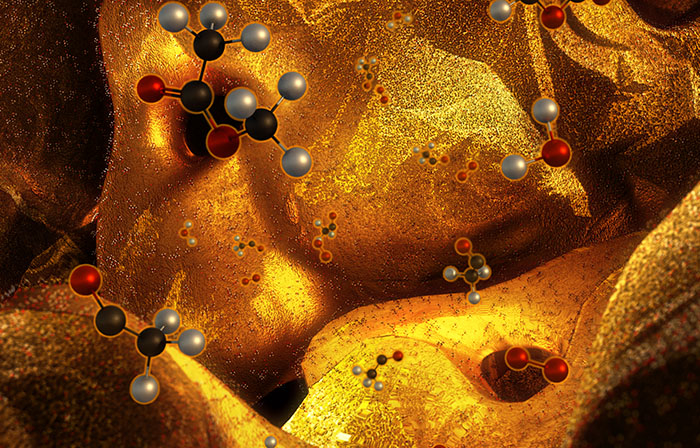
Nanoscale Synthesis and Characterization Laboratory (NSCL)
Contact: Alex Hamza
NSCL is making advances in science at the intersection of physics, materials science, engineering, and chemistry. We are pursuing research in nanoporous materials, advanced nano crystalline materials, novel 3D nanofabrication technologies, and nondestructive characterization at the mesoscale.
Additional information is available on the NSCL webpage.
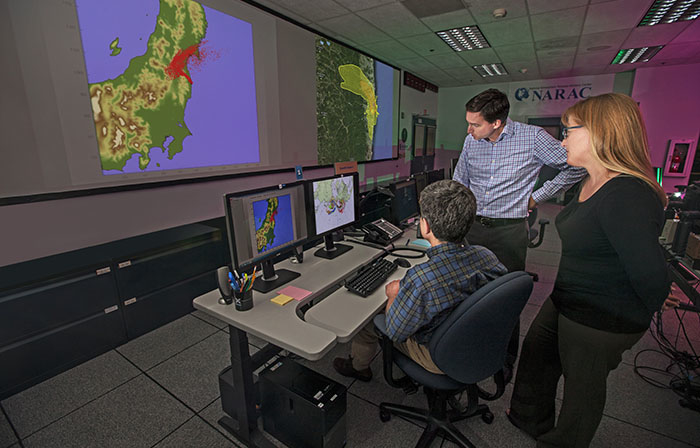
National Atmospheric Release Advisory Center (NARAC)
Contact: Lee Glascoe
NARAC is a national support and resource center for planning, real-time assessment, emergency response, and detailed studies of atmospheric releases of nuclear, radiological, chemical, biological, and natural materials. NARAC provides timely and accurate atmospheric plume predictions to aid emergency preparedness and response efforts in protecting the public and the environment.
Additional information is available on the NARAC website.
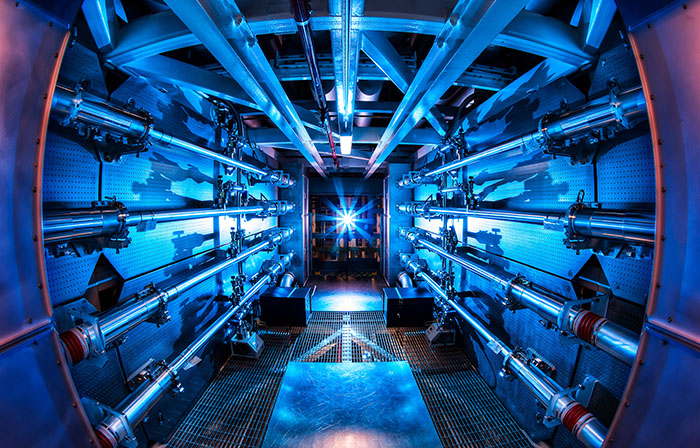
National Ignition Facility (NIF)
Contact: Patricia Koning
NIF houses the world’s largest and highest-energy laser. NIF’s laser beams routinely create temperatures and pressures similar to those that exist only in the cores of stars and giant planets and inside nuclear weapons. The facilities are a key element of maintaining the reliability and safety of the U.S. nuclear deterrent without full-scale testing.
Additional information is available on the NIF website.
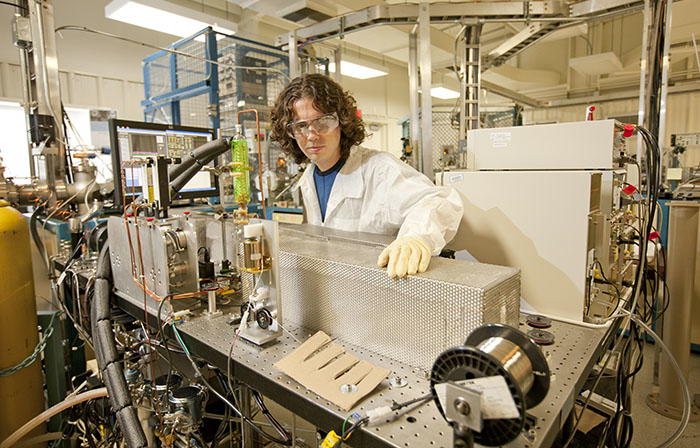
National User Resource for Biological Accelerator Mass Spectrometry (BioAMS)
Contact: Graham Bench
BioAMS makes accelerator mass spectrometry (AMS) available to biomedical researchers who need to accurately measure very low levels of radioisotopes. BioAMS is working to enhance AMS for analysis of radioisotopes in biomedical tracer studies through development of new methods and instrumentation.
Additional information is available on the BioAMS website.
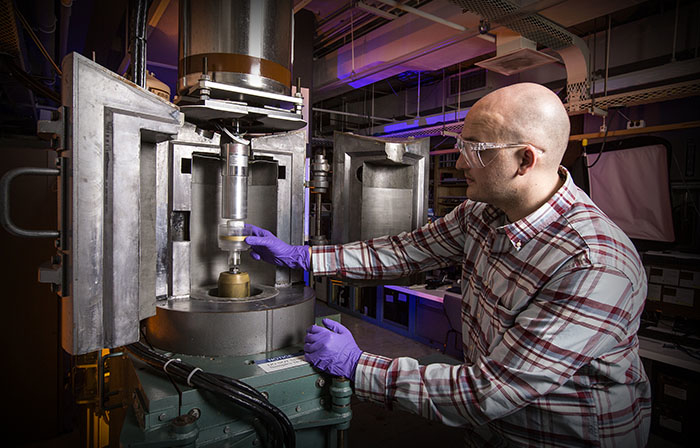
Nuclear Counting Facility (NCF)
Contact: Keenan Thomas
Located two floors below ground, with a layer of shielding materials between floors to minimize background radiation, LLNL’s Nuclear Counting Facility provides high-sensitivity radiation measurements. Its assets include gamma spectrometers, solid-state detectors, alpha and beta counting systems employing ionization gas chambers, and liquid scintillation techniques.
The facility supports research in stockpile stewardship, nonproliferation, and counterterrorism, including:
- Analyzing samples and surrogate materials in support of nuclear forensics efforts.
- Studying samples collected during underground nuclear tests, which ended in 1992.
- Determining the number of radioactive atoms produced during experiments at LLNL’s National Ignition Facility.
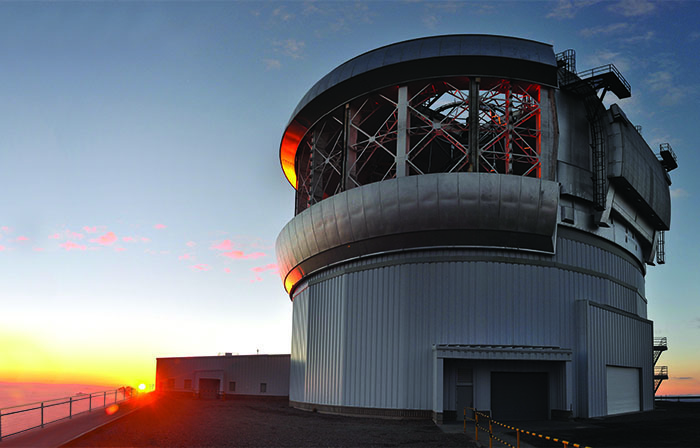
Optical Sciences
Contact: Alex Pertica
Our experts develop x-ray adaptive optics systems and optical payloads for nano-satellites. We have explored the use of survey telescopes for dark matter research, developed algorithms and software tools for simulation of orbital space events, and implemented sensor calibration and exploitation strategies for hyperspectral airborne sensors.
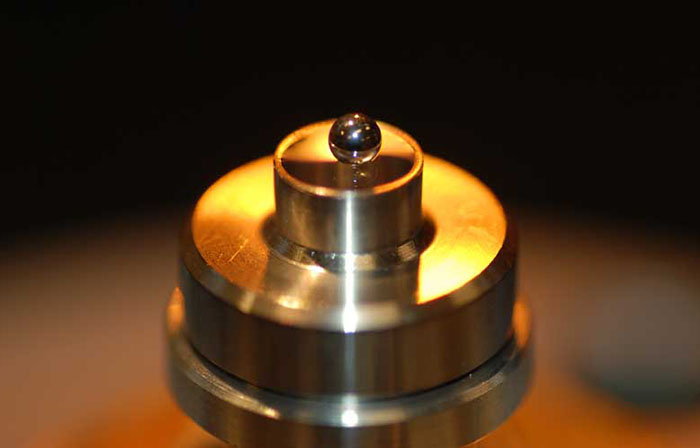
Polymer Science
Contact: James Lewicki
We maintain capabilities to synthesize, characterize, and model a broad range of polymeric materials and architectures.

